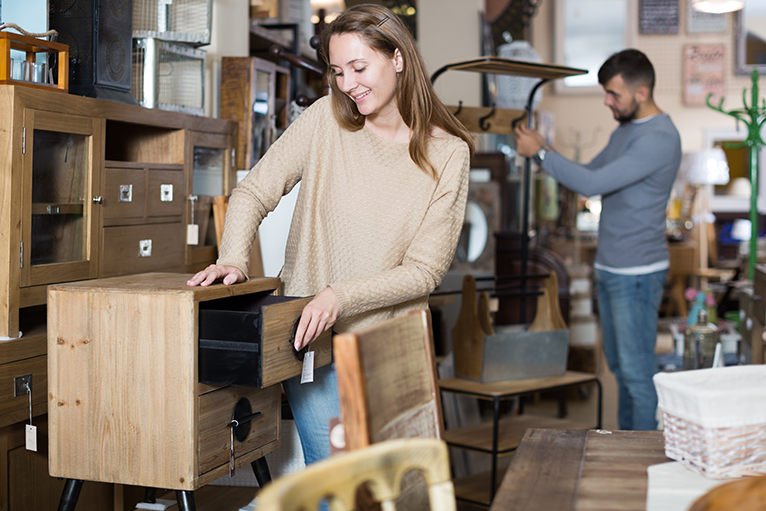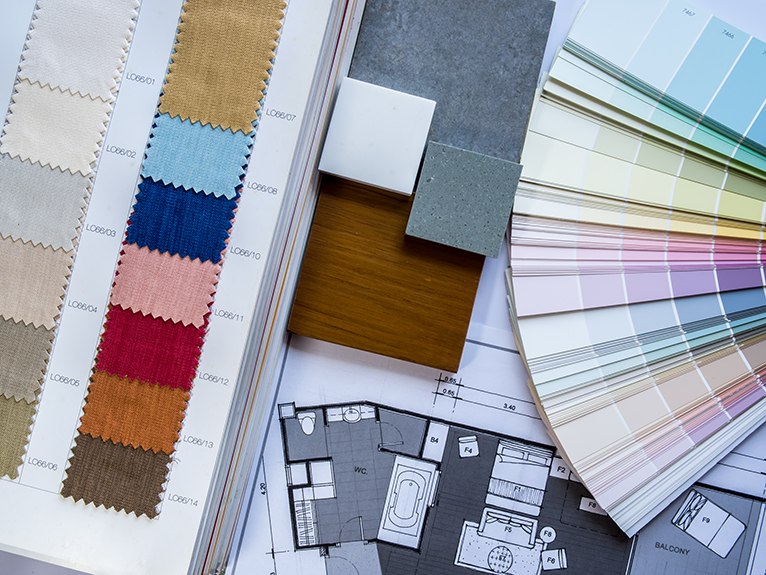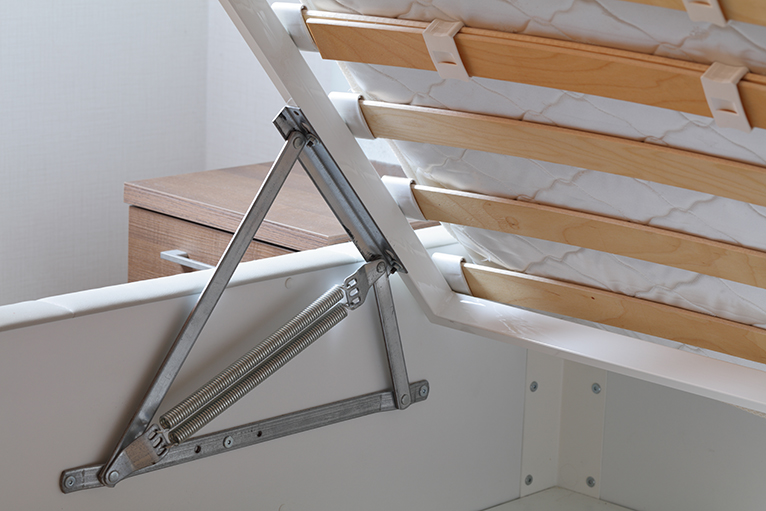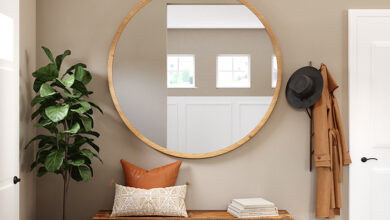After all the stress of putting in an offer, arranging your mortgage and sorting out your utilities, insurance and other paperwork, it’s time for a fresh start in your new home! One of the next things to tick off the list is buying your furniture. This can seem like a daunting task, especially if you’re starting from scratch or moving into a larger space.
To make the process easier, check out our top tips on how to choose furniture for your new home, below.
Think about timing

It can be tempting to start buying furniture as soon as the news that you’ve completed comes through. However, this might not be the most practical choice. If you buy furniture and bring it straight to your current home, you’ll have to find somewhere to store it, which will take up space. Or, you’ll have to pay for a storage space. You’ll also have to transport it to your new home, which will probably make your removal costs more expensive.
So, try to get any furniture you order delivered to your new address, on a date after you move in. It’s best not to get it delivered on your exact move-in date, to avoid extra work on what’ll already be a stressful day of moving your current furniture and belongings in. Some larger or bespoke items of furniture might have a few months’ delivery time, so factor that into your plans too.
Measure your space
There’s nothing worse than ordering furniture in your perfect interior style, just to find out that it overwhelms the room or can’t even fit through the door!
Start off by getting the measurements of the room from the estate agent’s floor plans or by measuring it yourself. Then, create a floor plan to scale, by either:
- Drawing it by hand: Draw an outline of the room on a piece of paper. Then, draw the furniture you’re considering on another piece of paper and cut each one out. That way, you can play around with the placement of your furniture, check if everything will fit and see if anything could take up more space than you’d like.
- Using a floor planning app: Floor planning apps let you input your room and furniture measurements, then see a 2D or 3D mock-up of the room. Popular free floor planning apps and software include Floorplanner, Planner5D and HomeByMe.
Plus, always remember to measure your door frames to ensure you can get the furniture through!
Choose a theme

Your home is your sanctuary, so it should reflect your personality! When choosing a theme, you’ve got lots of creative freedom – from choosing the colour of your furniture to deciding on the fabric. Pinterest is a great source for visual inspiration; some popular themes include:
- Minimalist room designs feature just a few key items of furniture.
- Cosy interior design features furniture upholstered in warm, soft fabrics.
- Rustic rooms feature lots of wood furniture in either warm or cool tones.
- Modern and vintage style rooms are characterised by a mix of basic furniture bought new and antique furniture.
Need help with colour? Check out our advice on how to choose a colour scheme.
Prioritise the staple furniture
Furniture can be expensive. Rather than buying a bunch of low-quality furniture in hopes of saving some cash and filling up your home quickly, focus on getting the important bits in first, like your bed, sofa, dining room table and wardrobe. You don’t want to skimp on quality when it comes to these pieces, as you’ll be using them every day.
Then, you can buy the things you can live without temporarily, such as coffee tables, armchairs and bedside tables, over time. That way, you’ll spread the cost out, which your bank account will thank you for!
Incorporate storage

Clutter can build up in the blink of an eye. So, choose furniture with built-in storage space to help keep your things organised and tidy. Plus, this means you’ll spend less on buying additional standalone storage.
- Bedroom – A storage bed that lifts up to reveal lots of storage space is the perfect spot to keep bedding and out-of-season clothing in. An ottoman bench at the end of your bed will also add storage and provide extra seating.
- Living room – Tiered coffee tables or ones with drawers are great for storing bits and bobs. Décor that doubles up as storage works well in living rooms too. An example of this is as a wall mounted bookshelf that’s shaped like a decorative tree.
- Kitchen – A butcher’s block or rolling kitchen island provides extra storage for kitchen utensils, wine racks and other dry food or cooking equipment.
- Bathroom – Under sink storage cabinets bring two benefits: extra storage space for toiletries, cleaning products or towels, as well as concealing ugly pipes and plumbing. To add even more storage space and some contemporary aesthetic to your bathroom, place a freestanding ladder shelf over your toilet to hold toilet roll, storage baskets and other bits.
There are lots of smart ways to add storage into the existing fittings in your home, too. For example, stick command hooks on the inside of cupboard doors to hang up clothing, cleaning equipment or hair tools.
Look for ways to save money and the environment
Wondering how to save money when moving house? It’s better for your pocket, and the environment, to get pre-used furniture for your home instead of buying everything new.
Give any old pieces of furniture that you’ve already got a new lease of life by upcycling them. You could use an old rug to upholster an old chair or bench. Or, simply stain a wooden table or chest of drawers in a fresh colour.
You can also find second-hand versions of the stylish furniture you’re dreaming of. Ask your friends and family if they’re getting rid of anything, check out charity shops and head to websites like eBay or Gumtree to find freebies.
Whatever furniture you buy, there are two principles to keep in mind: make sure it’s functional and comfortable.




